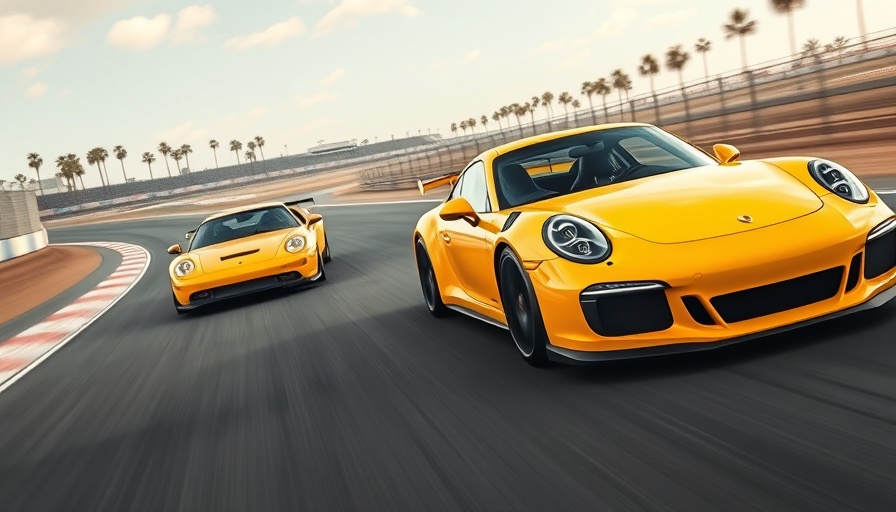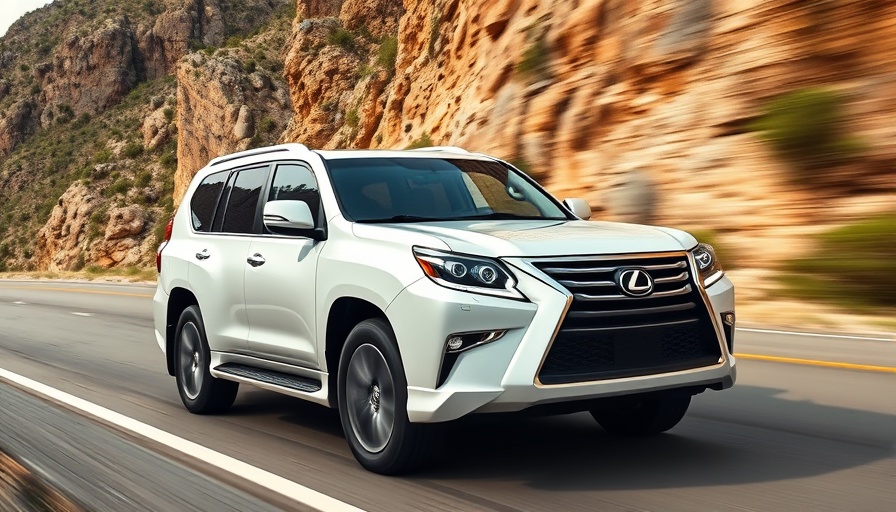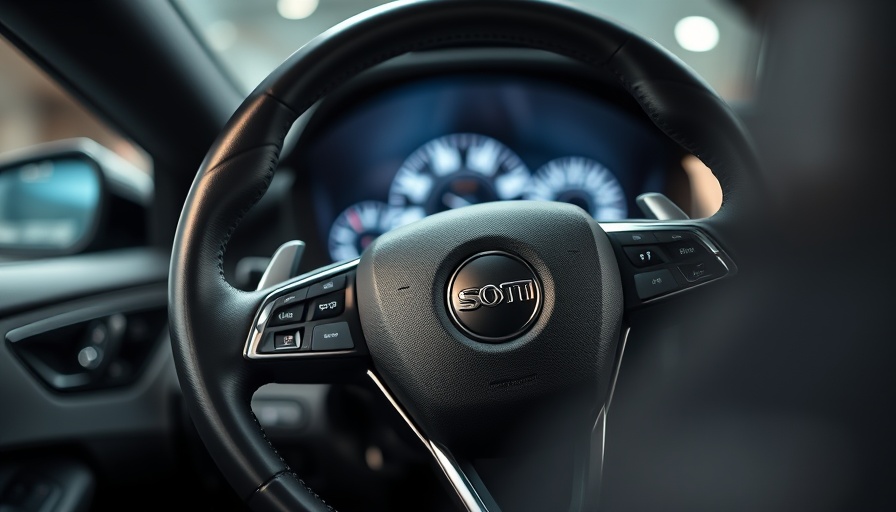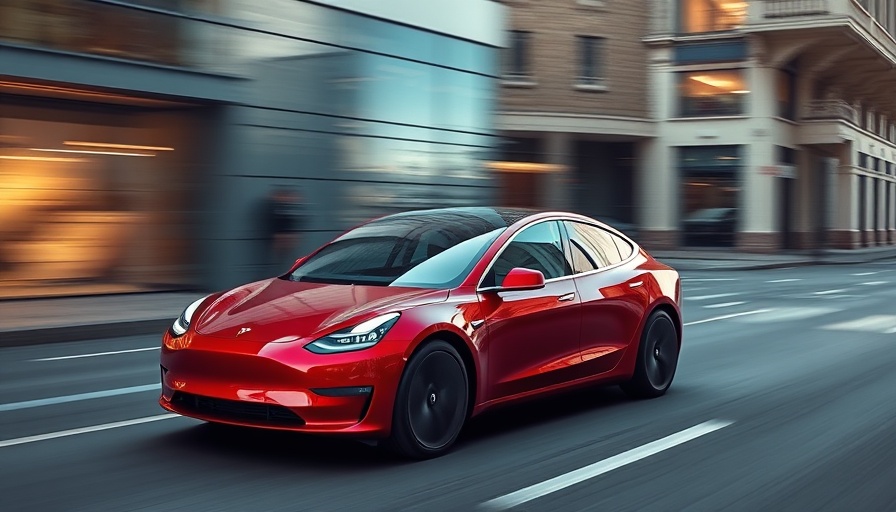
Understanding the Rising Costs of Porsche Vehicles
If it feels like owning a Porsche is getting more expensive, that’s because it is. The iconic automaker has officially raised prices across its entire model lineup, affecting both base prices and the cost of optional extras. The price increases, ranging from 2.3% to 3.6% depending on the vehicle, can amount to thousands of dollars on a fully loaded build. For potential buyers, this is no minor adjustment, especially regarding models like the 2025 Porsche 718 Cayman, which now starts at $77,395, and the 911 Carrera, priced at $134,650.
The Reason Behind the Price Increase
Porsche attributes the price hike to “market conditions.” This vague justification begs the question: what market conditions? Increased tariffs and global economic challenges are looming prominently. For instance, Porsche builds all of its cars in Europe and is vulnerable to changes in trade policy, including the threat of a 30% tariff on all EU goods, which could drastically increase production costs.
How Global Events Influence Porsche's Strategies
The global market for luxury vehicles is not as robust as it once was. Steep competition from domestic automakers in countries like China and shifting customer preferences towards electric vehicles make the market especially challenging for Porsche. While the automaker boasts models like the Taycan and the upcoming Macan Electric, the expected widespread adoption has yet to materialize. This reality underscores the importance for Porsche of exploring U.S. production to reduce vulnerability to tariffs, while simultaneously keeping loyalty and design intact.
The Competitive Landscape of the Automobile Industry
In an age of rapid change within the automobile industry, companies are constantly re-evaluating their strategies. Competitors like Tesla have set high expectations for electric vehicles, while traditional combustion engines from various luxury brands remain high in demand. As a result, for models like the Cayenne and Macan, a 3.6% increase can notably impact overall attractiveness, especially when competing with vehicles manufactured domestically by other luxury brands. Easier price points and lower tariffs could provide a price advantage, making affordability a crucial component of Porsche’s sales strategy moving forward.
The Impact on Consumers: Who Does It Affect?
The recent increase in Porsche prices is multifaceted; it impacts high-end model enthusiasts differently than average consumers looking for more accessible options. For buyers of premier models such as the 911 or Panamera, the hike may seem negligible. However, for those interested in higher-volume models, the extra expense can be disheartening, potentially deterring certain segments from making a purchase.
Future Predictions: What Lies Ahead for Porsche?
As Porsche moves forward, it must navigate a landscape that thrives on both performance and sustainable innovation. The balance between high-end performance vehicles and the rapid pivot towards electric models will define the future outlook for the brand. While Porsche has been synonymous with luxury and sport, the necessity to adapt will be paramount. Stakeholders will need to watch how effectively Porsche can maintain its luxury status while addressing evolving consumer expectations in a competitive electric market.
The Final Thoughts: Is the Price Justifiable?
The mounting prices at Porsche raise essential questions about value and brand loyalty. Ultimately, while Porsche maintains its prestigious image and performance excellence, consumers must weigh whether these increases align with their economic realities and automotive preferences.
The automobile industry is not static. Economic factors continually mold vehicle pricing. As potential buyers, understanding how these issues unfold will be crucial in making informed purchasing decisions in the coming months.
For news in the automotive sector, keep an eye on critical developments surrounding tariffs, production changes, and industry shifts. Engaging with local dealers can also reveal competitive pricing on new vehicles that may not be apparent at first glance.
 Add Row
Add Row  Add
Add 




Write A Comment